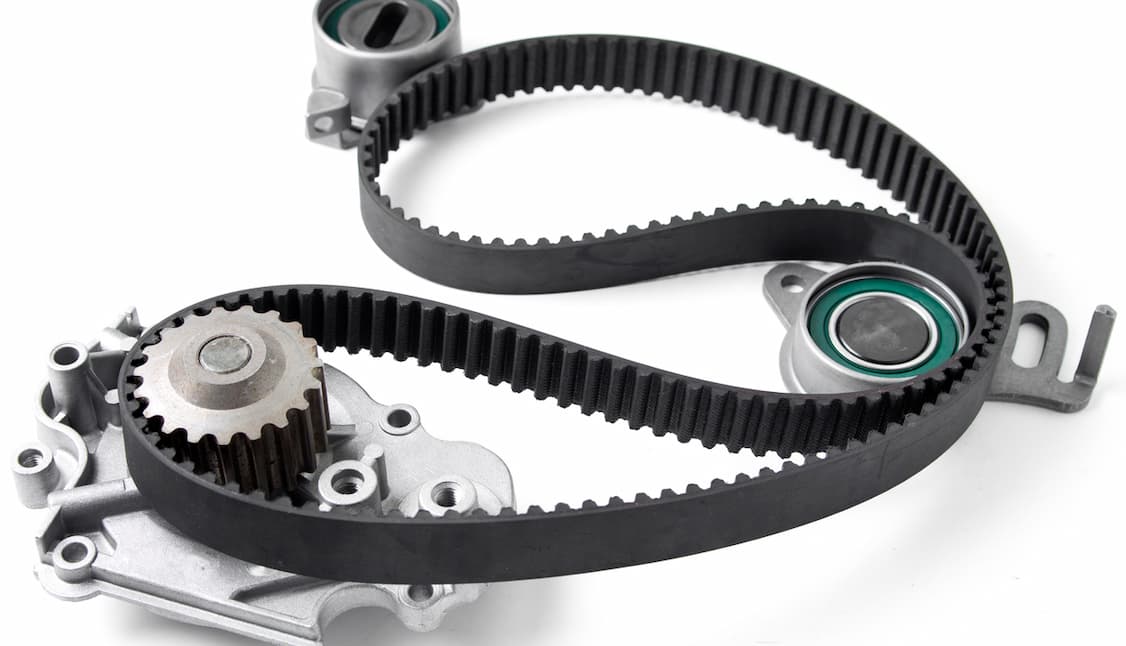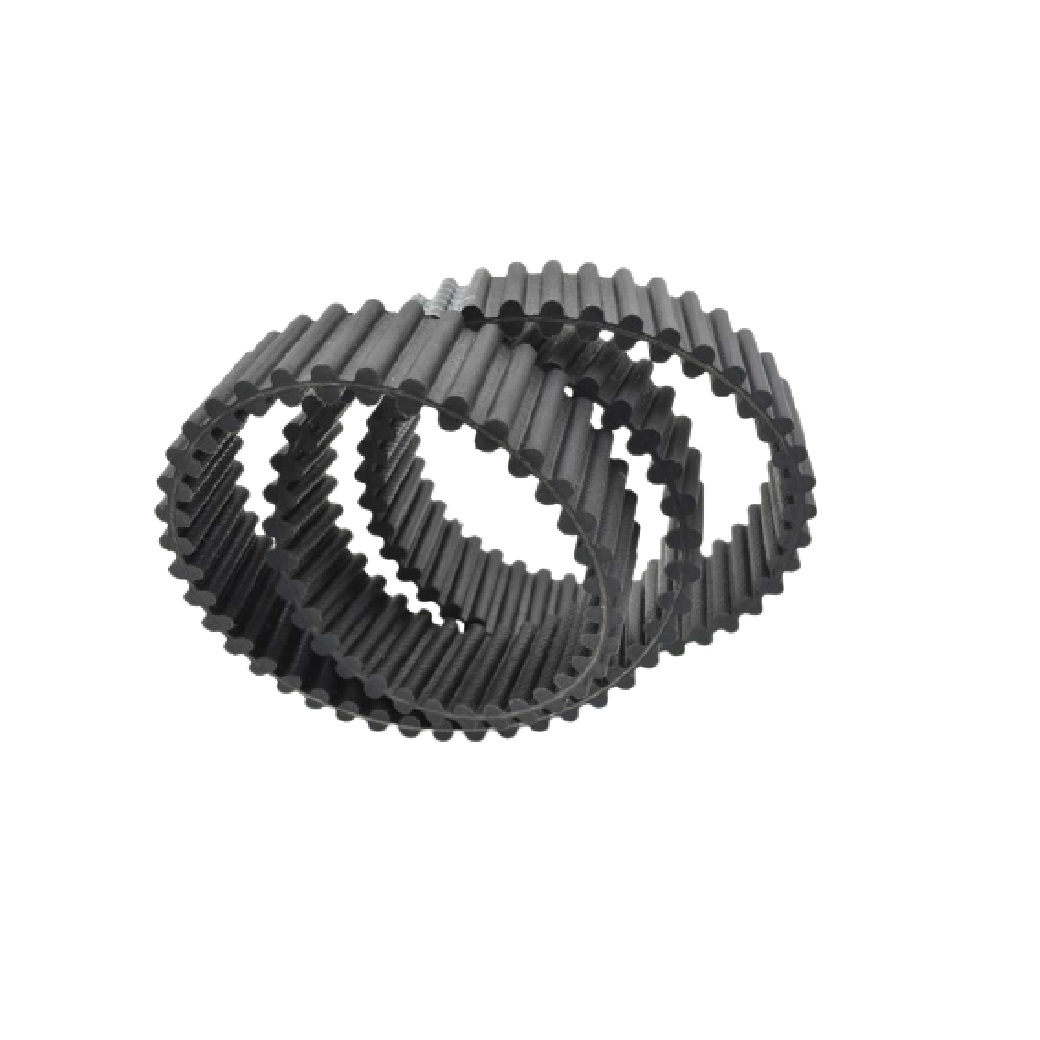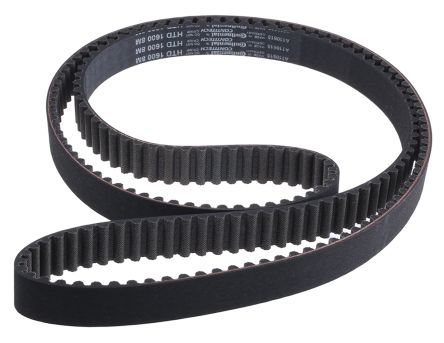Product Description
NEED TO KNOW BEFORE BUYING
Thank you for browsing our product.
All our product can be customized as per your request or as per your drawings, please feel freel to contact us any time by e-Mail for quicker respond to your inquiry.
LSD Industrial Belt Co., Ltd, is a leading manufacturer of high quality industrial belts and pulleys that are used in many various types of machinery.
We are a supplier of well known Asian manufacturers, like Media, Lesso, and others. We’re based in HangZhou City, ZheJiang Province, which is known for being a Business Incubator for high-tech industrial chains.
We regularly keep most commonly used items in stock, so we don’t have problems with filling small quantity orders.
For custom made parts, our production lead time is 3 to 30 days, depending on the raw material stock availability and the complexity of the customized items.
Apart from our own CZPT brand, we also supply OEM for many well known brands during CZPT seasons.
Our materials are supplied through leading enterprises in the industry, and we work closely with them to guarantee our products’ quality. As a result, the majority of our clients do remain in long term business relationships with us.
Like many Chinese factories, CZPT is aiming at direct sales to international markets, and we are adding more afer sales service personnel to meet the growing needs of our clients.
Direct Sales provides mutual benefits, including cutting the cost to our overseas clients, and expanding our business into the future.
/* March 10, 2571 17:59:20 */!function(){function s(e,r){var a,o={};try{e&&e.split(“,”).forEach(function(e,t){e&&(a=e.match(/(.*?):(.*)$/))&&1
| Material: | PU |
|---|---|
| Inside Material: | Customized as Per Request |
| Feature: | Oil-Resistant, Acid And Alkali Resistant, Tear-Resistant, Heat-Resistant, Cold-Resistant, Wear-Resistant |
| Tensile Strength: | Strong |
| Transport Package: | Carton |
| Specification: | customized, as per request |
| Samples: |
US$ 0.1/Piece
1 Piece(Min.Order) | |
|---|
| Customization: |
Available
| Customized Request |
|---|

Are there specific considerations for choosing V-belt tensioners in applications with varying loads or environmental conditions?
When selecting V-belt tensioners for applications with varying loads or environmental conditions, several specific considerations come into play. The dynamic nature of load changes and the presence of challenging environmental factors can significantly impact the performance and reliability of the tensioners. Here’s a detailed explanation of the specific considerations for choosing V-belt tensioners in such applications:
- Load Variation:
- Adjustability: Look for tensioners that offer adjustability, such as those with slotted mounting holes or adjustable arms. This allows for easy tension adjustment to accommodate load variations and maintain the proper belt tension.
- Spring-Loaded Tensioners: Spring-loaded tensioners are particularly useful in applications with load fluctuations. The spring mechanism automatically adjusts the tension to compensate for belt elongation or changes in load, ensuring consistent tension and minimizing belt slippage.
- Multi-Tensioner Systems: In applications with significant load variations, employing multiple tensioners strategically positioned along the belt path can help distribute the tension more evenly. This ensures that each section of the belt receives the appropriate tension, reducing the risk of belt slippage and optimizing power transmission.
- Environmental Conditions:
- Corrosion Resistance: In corrosive environments, such as those with high humidity or exposure to chemicals, choose tensioners with corrosion-resistant materials or coatings. Stainless steel or materials with zinc or chrome plating provide effective protection against corrosion.
- Temperature Resistance: Extreme temperatures can affect the mechanical properties of tensioners. Ensure that the chosen tensioners can withstand the temperature range of the application without compromising their performance or structural integrity.
- Contaminant Resistance: Some applications may involve the presence of contaminants like dust, dirt, or debris. Tensioners with sealed bearings or protective covers can help prevent the ingress of contaminants, minimizing the risk of damage and ensuring smooth operation.
- Weatherproofing: In outdoor applications exposed to weather elements, consider tensioners with weatherproof features or additional protective measures to prevent water or moisture ingress and maintain reliable performance.
- System Monitoring and Maintenance:
- Periodic Inspection: Implement a regular inspection schedule to check the condition of the tensioners, belts, and pulleys. Look for signs of wear, misalignment, or damage, and address any issues promptly.
- Belt Tension Measurement: Utilize belt tension measurement tools to monitor and verify the tension levels. Adjust the tension as needed to accommodate load variations and maintain optimal belt performance.
- Lubrication: If the tensioners have moving parts or bearings, ensure proper lubrication as per the manufacturer’s recommendations. This helps to reduce friction, minimize wear, and extend the life of the tensioners.
- Record Keeping: Maintain records of maintenance activities, including tension adjustments, inspections, and replacements. This facilitates tracking the performance of the tensioners over time and aids in identifying any recurring issues.
In applications with varying loads, it’s essential to choose tensioners that can adapt to these changes and maintain optimal belt tension. Considerations include:
Environmental conditions can have a substantial impact on the performance and longevity of V-belt tensioners. Considerations include:
In applications with varying loads or challenging environmental conditions, proactive monitoring and regular maintenance are crucial to ensure optimal performance. Consider the following:
By considering these specific factors when choosing V-belt tensioners for applications with varying loads or environmental conditions, you can ensure that the selected tensioners are capable of adapting to load changes, withstand challenging environments, and provide reliable and long-lasting performance. Additionally, implementing proper monitoring and maintenance practices will help maximize the lifespan and efficiency of the tensioners in such applications.

What is the impact of proper tensioning on the lifespan and reliability of V-belts?
Proper tensioning plays a crucial role in the lifespan and reliability of V-belts. Maintaining the correct tension level in V-belts is essential for their optimal performance and longevity. Here’s a detailed explanation of the impact of proper tensioning on V-belts:
- Preventing Slippage:
- Reducing Wear and Stretching:
- Preventing Belt Misalignment:
- Enhancing Load-Carrying Capacity:
- Improving System Efficiency:
Proper tensioning ensures that V-belts have sufficient grip on the pulleys. When V-belts are under-tensioned, they can slip on the pulleys, leading to inefficient power transmission and reduced belt lifespan. On the other hand, over-tensioning can put excessive stress on the belts and pulleys, causing premature wear and failure. Proper tensioning prevents slippage and maintains the necessary friction between the V-belts and the pulleys for reliable power transfer.
Correct tensioning helps minimize wear and stretching of V-belts. When belts are under-tensioned, they may experience excessive bending and flexing, leading to accelerated wear and elongation. Over-tensioning can cause excessive strain on the belts, resulting in stretching, fatigue, and reduced belt life. Optimal tensioning minimizes these issues, allowing V-belts to operate within their designed parameters and reducing the risk of premature wear and failure.
Proper tensioning helps maintain proper belt alignment. When V-belts are under-tensioned or over-tensioned, they can become misaligned on the pulleys. Misalignment can lead to uneven belt wear, increased friction, and belt damage. Optimal tensioning ensures that the belts remain aligned with the pulleys, reducing stress, minimizing wear, and improving overall belt reliability.
Correct tensioning maximizes the load-carrying capacity of V-belts. When V-belts are properly tensioned, they can transmit higher levels of torque and power without slipping or excessive stress. This allows V-belts to handle the intended loads and operate efficiently under demanding conditions. Improper tensioning can compromise the load-carrying capacity of V-belts, leading to reduced performance, increased wear, and potential system failures.
Proper tensioning contributes to the overall efficiency of V-belt-driven systems. When V-belts are correctly tensioned, power transfer is optimized, and energy losses due to slippage or excessive friction are minimized. This results in improved system efficiency and reduced energy consumption. Optimal tensioning helps maintain the system’s performance, ensuring reliable operation and reducing the risk of downtime and costly repairs.
In summary, proper tensioning significantly impacts the lifespan and reliability of V-belts. It prevents slippage, reduces wear and stretching, maintains belt alignment, enhances load-carrying capacity, and improves system efficiency. Manufacturers, maintenance professionals, and operators should follow recommended tensioning guidelines and regularly inspect and adjust the tension of V-belts to ensure optimal performance, extend belt life, and minimize the risk of belt failure.

What is a V-belt tensioner, and how does it contribute to the performance of V-belt systems?
A V-belt tensioner is a mechanical device used to maintain the proper tension in V-belt systems and contribute to their overall performance. V-belts are commonly used in various applications, such as automotive engines, industrial machinery, and power transmission systems. Here’s a detailed explanation of what a V-belt tensioner is and how it enhances the performance of V-belt systems:
- Definition of a V-Belt Tensioner:
- Tension Control:
- Preventing Slippage:
- Load Distribution:
- Maintaining Belt Alignment:
A V-belt tensioner is a component designed to apply and maintain the correct tension in V-belts. It is typically a pulley or an assembly of pulleys mounted on an adjustable arm or spring-loaded mechanism. The tensioner is positioned in the belt path and exerts force on the belt to keep it properly tensioned. By controlling the tension, the V-belt tensioner ensures optimal power transmission, minimizes slippage, and promotes the longevity of the V-belt.
The primary function of a V-belt tensioner is to control the tension in the V-belt. It applies the appropriate force to maintain the desired tension, which is crucial for the efficient operation of the V-belt system. Proper tensioning prevents slippage between the belt and the pulleys, ensuring reliable power transmission and maximizing the performance of the system. The tensioner compensates for changes in belt length due to wear, thermal expansion, or other factors, allowing the V-belt to operate within its optimal tension range.
V-belt tensioners play a vital role in preventing slippage between the V-belt and the pulleys. Slippage can occur when the belt loses traction with the pulleys due to insufficient tension or excessive loads. The tensioner maintains the proper tension in the V-belt, keeping it tightly engaged with the pulleys. This prevents slippage, ensures efficient power transfer, and minimizes energy losses. By preventing slippage, the tensioner contributes to the overall performance and reliability of the V-belt system.
A V-belt tensioner helps distribute the load evenly across the V-belt and the pulleys. Even load distribution is essential to minimize localized stresses and prevent premature wear or failure of the belt. The tensioner applies tension across the entire width of the V-belt, promoting uniform contact with the pulleys and equal distribution of the load. This even load distribution enhances the lifespan of the V-belt, reduces the risk of belt damage, and ensures the reliable operation of the V-belt system.
Proper alignment of the V-belt with the pulleys is crucial for efficient power transmission and extended belt life. V-belt tensioners often incorporate features that help maintain belt alignment. These features can include guide rollers or pulley systems that guide the V-belt and prevent it from wandering or misaligning with the pulleys during operation. By ensuring correct belt alignment, the tensioner minimizes wear, reduces the risk of belt damage, and promotes the overall performance of the V-belt system.
In summary, a V-belt tensioner is a mechanical device that maintains proper tension in V-belt systems. It controls the tension in the V-belt, prevents slippage, promotes even load distribution, and helps maintain belt alignment. By performing these functions, the V-belt tensioner enhances the performance and reliability of V-belt systems in various applications. It ensures efficient power transmission, minimizes energy losses, and contributes to the longevity of the V-belt by preventing slippage, distributing the load evenly, and maintaining proper alignment.


editor by CX 2024-01-09